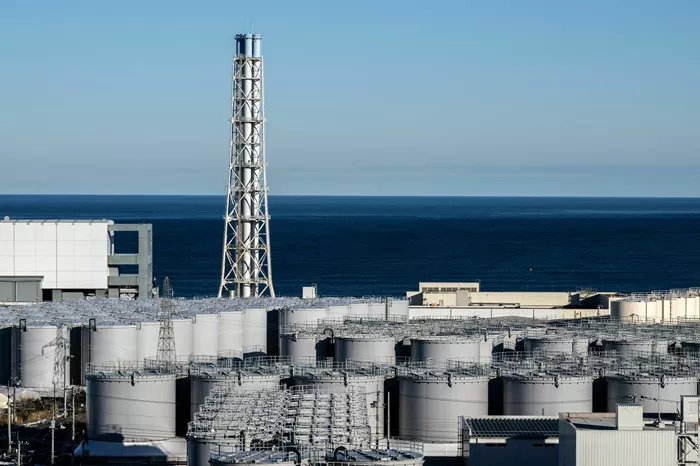As the world seeks cleaner and more efficient energy solutions, innovative technologies like linear generators are gaining attention. Unlike traditional rotary generators, which rely on spinning turbines, linear generators convert motion in a straight line (linear motion) directly into electrical energy. This unique approach offers several advantages, including simplicity, efficiency, and versatility. This article explores how linear generators work, their key components, and their potential applications in modern energy systems.
What Is a Linear Generator?
A linear generator is an electromechanical device that generates electricity by harnessing linear motion rather than rotational motion. It operates on the principle of electromagnetic induction, the same fundamental concept that powers traditional generators. However, instead of using a rotating turbine, a linear generator uses a reciprocating (back-and-forth) motion to produce electrical energy. This makes it particularly well-suited for applications where linear motion is readily available, such as in wave energy converters, free-piston engines, and certain types of renewable energy systems.
Key Components of a Linear Generator
Mover (Piston or Magnet Assembly): The mover is the component that undergoes linear motion. It typically consists of a magnet or a set of magnets that move back and forth within the generator. In some designs, the mover is connected to a piston or other mechanical system that drives its motion.
Stator: The stator is the stationary part of the generator that contains coils of wire. As the mover passes by the stator, it induces an electric current in the coils through electromagnetic induction.
Spring or Return Mechanism: In many linear generators, a spring or other return mechanism is used to reset the mover to its original position after each stroke. This ensures continuous reciprocating motion.
Casing and Support Structure: The casing encloses the generator’s components and provides structural support. It is designed to withstand the mechanical stresses of linear motion and protect the internal components from environmental factors.
How Does a Linear Generator Work?
The operation of a linear generator can be broken down into the following steps:
Linear Motion Input: The generator is driven by an external source of linear motion. This could be the up-and-down motion of ocean waves, the reciprocating motion of a piston in an engine, or even human-powered movement in some portable designs.
Magnetic Field Interaction: As the mover (magnet assembly) moves back and forth, it creates a changing magnetic field around the stator coils. According to Faraday’s Law of Electromagnetic Induction, a changing magnetic field induces an electric current in a conductor.
Electricity Generation: The induced current in the stator coils is collected and directed to an external circuit, where it can be used to power devices or stored in batteries for later use.
Return Stroke: After the mover completes its stroke in one direction, the spring or return mechanism pulls it back to its starting position, ready for the next cycle. This reciprocating motion ensures continuous electricity generation as long as the linear motion input is maintained.
Advantages of Linear Generators
Simplicity: Linear generators have fewer moving parts compared to traditional rotary generators, reducing the risk of mechanical failure and simplifying maintenance.
Efficiency: By directly converting linear motion into electricity, linear generators eliminate the energy losses associated with converting linear motion to rotational motion, as seen in traditional systems.
Versatility: Linear generators can be adapted to a wide range of applications, from harvesting wave energy to powering free-piston engines in hybrid vehicles.
Scalability: Linear generators can be designed in various sizes, from small portable units to large-scale systems for industrial or grid-level power generation.
Environmental Benefits: Linear generators can be integrated with renewable energy sources, such as wave or tidal energy, to produce clean electricity with minimal environmental impact.
Applications of Linear Generators
Wave and Tidal Energy: Linear generators are ideal for capturing the kinetic energy of ocean waves and tides, providing a reliable and sustainable source of electricity.
Free-Piston Engines: In hybrid vehicles and stationary power systems, linear generators can be paired with free-piston engines to generate electricity efficiently.
Portable Power: Compact linear generators can be used in portable power systems for camping, emergency backup, or remote locations.
Industrial Applications: Linear generators can be integrated into industrial machinery to harvest energy from reciprocating motion, improving overall energy efficiency.
Conclusion
Linear generators represent a promising advancement in power generation technology, offering a simple, efficient, and versatile alternative to traditional rotary generators. By harnessing linear motion directly, these devices can be applied in a wide range of settings, from renewable energy systems to portable power solutions. As the world continues to explore cleaner and more sustainable energy options, linear generators are poised to play a significant role in shaping the future of power generation. With their unique design and potential for high efficiency, linear generators are a testament to the power of innovation in addressing global energy challenges.

